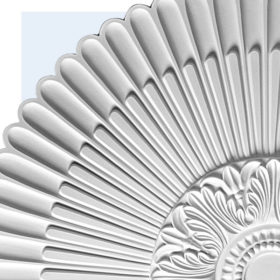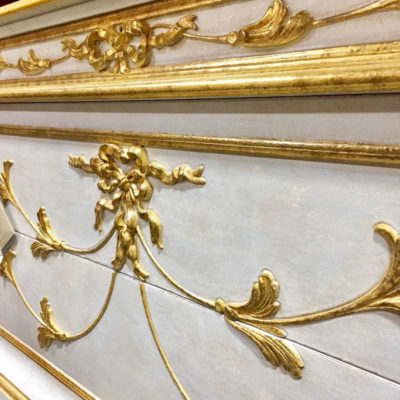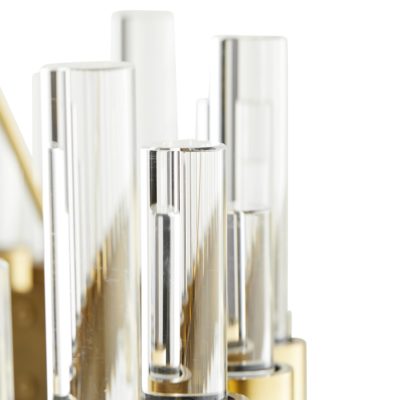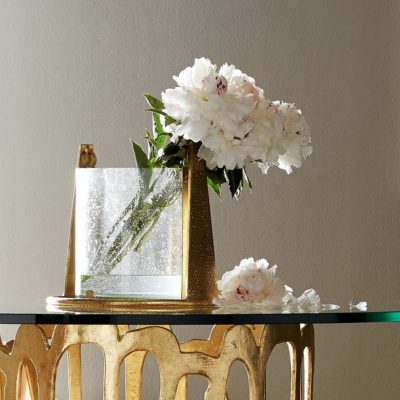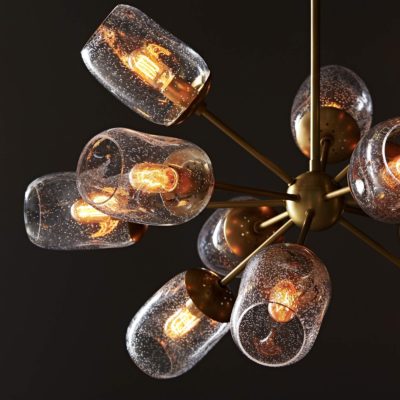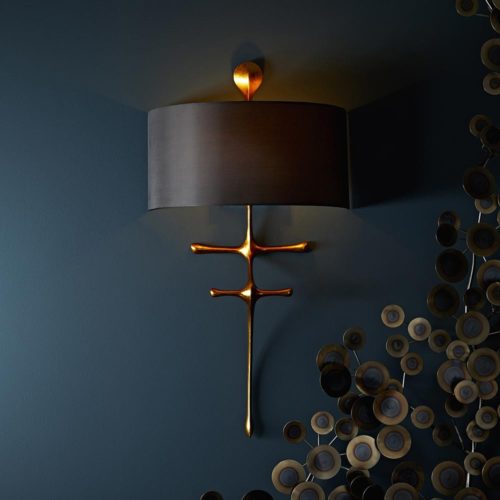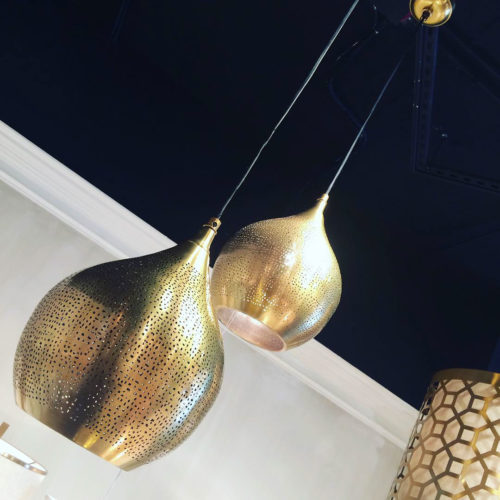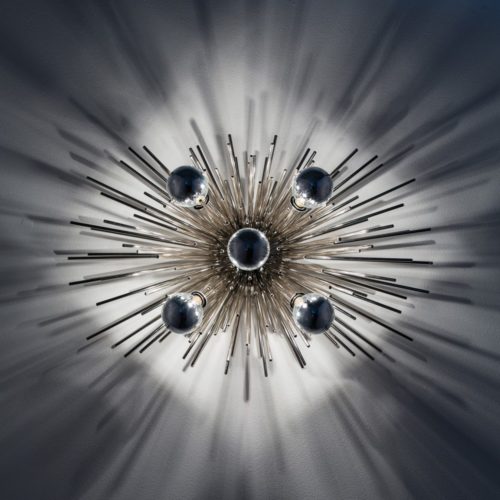Lighting In Our Lives
Home lighting fixtures as decoration is basic and scientific. A home has fundamental lighting needs. Restaurants hire lighting experts to advise them how to enhance the atmosphere, creating indirect lighting that pinpoints objects to highlight flowers in subdue ways, so you feel they are luminescent, emulating your experience of them in a garden in bright sunshine.
In the hands of a master, lightning can be an art form. With lighting fixtures, a room becomes a vision of beauty, a place to be, a heavenly space.
Lighting and Comfort
Drastic brightness contrasts can cause severe visual irritation, but too consistent interior lighting is not a good idea either. Lighting affects people’s emotions.
Successful lighting provides a sense of well-being. It is essential, when planning your home design, to take into account the physical as well as the psychological impact of lighting.
With respect to human psychological needs, lighting has the following attributes:
- Lighting is associated with the exuberance of life itself and with human well-being.
- Home lighting can convey a sense of security, warmth, and comfort.
- Home lighting can evoke a mood. For example, low-level lighting can be intimate, cozy, and relaxing: bright light can be stimulating and active.
Lack of light or insufficient lighting may provoke the feeling of depression, gloom, or even fear. Seasonal affective disorder (SAD) is a medical condition that occurs in some people when they are deprived of natural sunlight. Too much light or glaring light can be agitating, uncomfortable, and annoying, even resolving in physical ailments and in an inability to function adequately.
Lighting and Health
Today, scientists believe that between ten and twenty-five percent of the population in the United States suffers from some form of this ailment that causes people to sink into a depression in the late fall and winter months.
Not surprisingly, there are more diagnosed cases of SAD in the northern areas of the country where there is less daylight. Light therapy is the chief treatment for SAD. Light therapy recreates the effect of a bright sky and has been shown to be very effective in treating patients with SAD by triggering biochemical changes in the brain to alleviate depression.
Most houses are lighting deprived. Statistics report that twice as many women than men are depressed; many of these women spend their days at home in the dark while their husbands are in well-lit offices. If you travel frequently, carry your own light bulbs, because unless you stay in a top-class hotel, chances are there will be inadequate lighting in your room.

